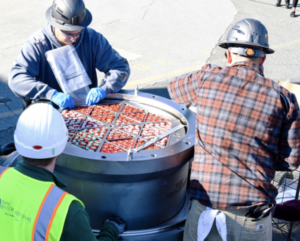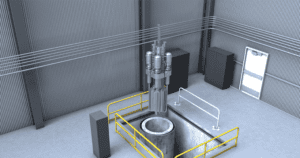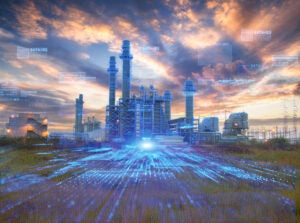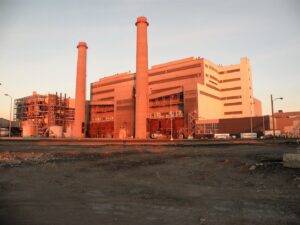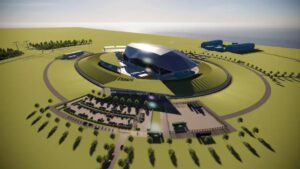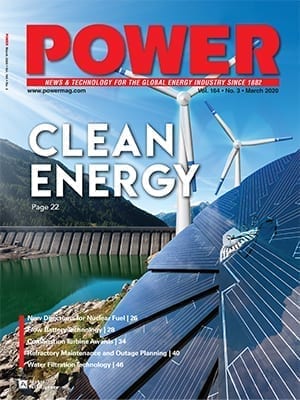Weeks after the city of Mattoon, Ill., withdrew from it, the FutureGen Alliance on Tuesday said it would support the U.S. Department of Energy’s (DOE’s) plans for the revamped FutureGen project—but only if the alliance and the agency could reach agreement on terms and conditions by this fall.
In a carefully worded statement, the FutureGen Alliance said that it would propose that the organization “develop, construct, and operate the pipeline and injection site for the first regional carbon storage facility in the U.S.” The organization’s board also said that it expects to start a year-long “project definition phase to verify DOE’s estimated cost for the project and to begin the site selection process.”
In the coming weeks, the DOE, State of Illinois, Ameren, Babcock & Wilcox, Air Liquide, and the Alliance are also to develop a plan for the restructured project. “We will be rapidly developing the criteria for the new site, based on the guidelines provided by DOE and prior work done by the Alliance,” said Steve Winberg, the board’s chair.
Winberg told Bloomberg Businessweek that a majority of the alliance’s members had agreed to stay with the project, but he wouldn’t say how many or which companies had opted to leave.
The DOE’s so-called “FutureGen 2.0” project contemplates repowering of an existing Ameren 200-MW coal unit in Meredosia, Ill., using oxyfuel technology—not construction of an integrated gasification combined-cycle facility at Mattoon, Ill., as originally envisioned. The new project calls for use of the original Mattoon geologic storage site to sequester carbon dioxide, but the city of Mattoon recently declined participation in the project.
The DOE was counting on the FutureGen Alliance and companies Ameren, Babcock & Wilcox, and oxygen supplier Air Liquide for a chunk of the project’s funding. Construction of the project is set to begin in 2012 with a target completion date of 2015.
Repowering Ameren’s Meredosia Unit 4 with advanced oxycombustion technology will involve a new boiler, air separation unit, CO2 purification, and a compression unit, the DOE said. Like the original project, FutureGen 2.0 will “deliver 90% CO2 capture and eliminate most SOx, NOx, mercury, and particulate emissions,” the DOE said.
A long-time proponent of the project, Sen. Dick Durbin (D-Ill.) on Tuesday said that “more than two dozen” Illinois communities had expressed interest in hosting the sequestration, research, and training facilities for the FutureGen 2.0 carbon dioxide pipeline network.
Sources: POWERnews, DOE, FutureGen Alliance, Sen. Dick Durbin, Bloomberg Businessweek


